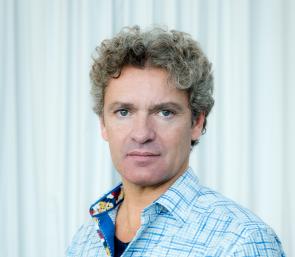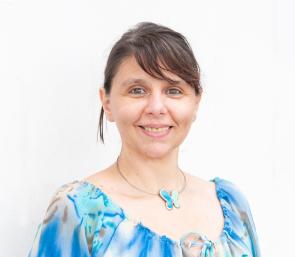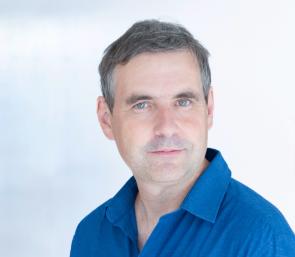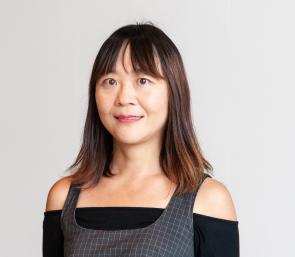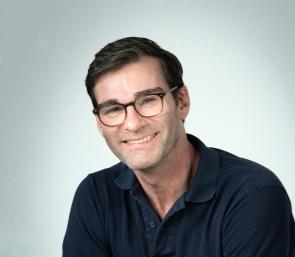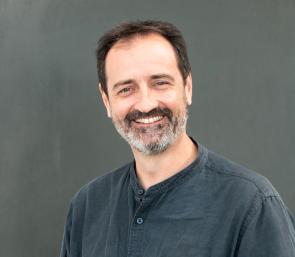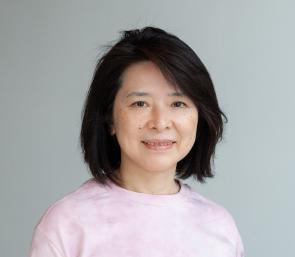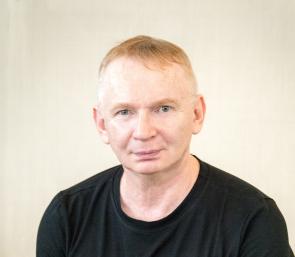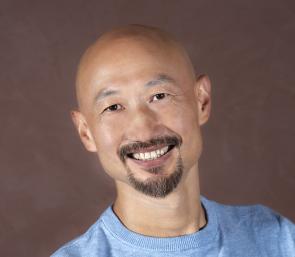
Men's specific technique
INFORMATIONS
-
Objectives and content
In DNSP1, the aim is to achieve a higher level of proficiency and a better understanding of vocabulary through specific work on men's technique, including elements that are essential for the following year.
Throughout the year, particular attention is paid to gyrations on the ground and in the air, the petite batterie (inherited from the French school) and the grandes élévations. Different styles and roles are explored through work with corps de ballet and extracts from variations. The works are representative of the richness of the repertoire. This work involves technical skills and also aims to develop artistic potential. At the end of the year, students should be able to acquire this technical and historical knowledge and develop their artistic interpretation.
In DNSP2, the aim is to further refine the dancer's specific technique.
This course enables students to analyse in detail elements that they have little or no experience of. It gives some students the opportunity to catch up with the average level of the class so that they feel fully integrated and confident for the rest of the year. It is also an opportunity to approach the variations of the classical repertoire in their entirety, bringing together all the elements needed to perform them: interpretation, musicality and technique. Students are exposed to different styles and eras, allowing them to develop their own imaginations and sensibilities, and to project themselves as artists and future professionals.
The specific technique and variation course in DNSP3 will enable them to consolidate the fundamentals studied in previous years, but also to move into more sophisticated and powerful movement coordination, and to tackle the great masculine technique of jumps and gyrations (grandes batteries, manège, turns in coda and adage, etc.).
Variation work becomes essential as it prepares you for the performance certificate, as well as the auditions to come in professional companies. This is the place to tackle solo variations from the classical and neo-classical repertoire, chosen by the teacher or by the students according to their artistic and career plans.
-
Erasmus
No

